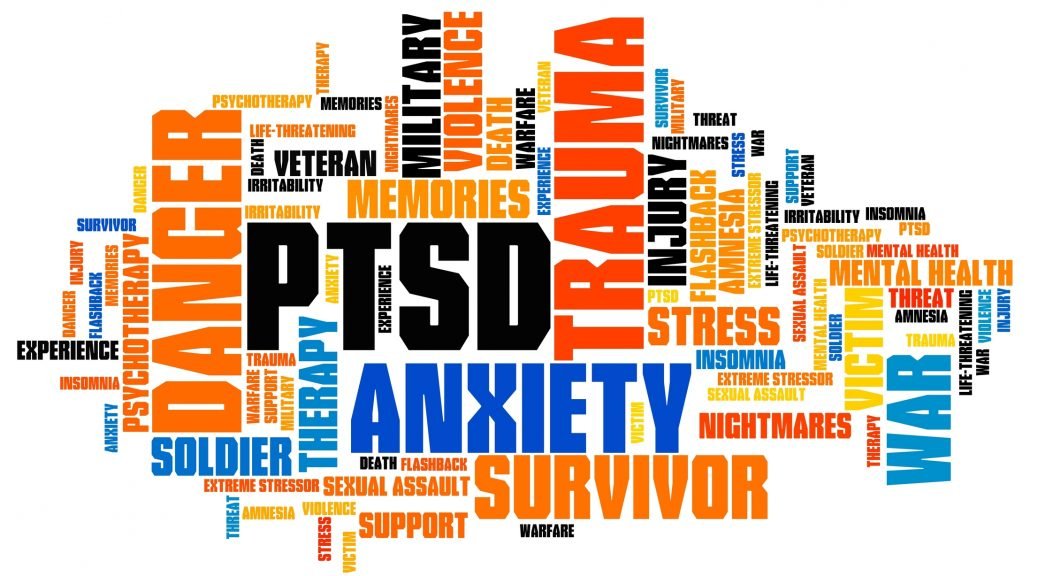Trauma and Stressor-Related Disorders: New category
The trauma and stressor related disorders category is a new chapter in the DSM-V. This category now includes post traumatic stress disorder, acute stress disorder, reactive attachment disorder (RAD), adjustment disorders and the new diagnostic category, disinhibited social engagement disorder (DSED). In the previous DSM-IV-TR, acute stress disorder and posttraumatic stress disorder were included in the anxiety disorders category. These disorders are now included in the same diagnostic category in the DSM-V because of their common roots in external events.
Trauma and Stressor-Related Disorders: Overview
Besides being placed in the new category, a significant change includes the necessity for the stressor criterion for posttraumatic stress disorder and acute stress disorder to be met. The stressor or traumatic event can be either directly or indirectly experienced or witnessed by an individual receiving a diagnosis of either post traumatic stress disorder or acute stress disorder. The traumatic event can be experienced by a family member or friend, having a significant effect on the individual receiving the diagnosis.
The term trauma usually refers to a significant response to a very distressing experience such as a terrible accident, sexual assault, abuse, combat or exposure to natural or human disasters. Stressful events can be either emotionally or physically harmful or both and can involve either a single experience or repetitive events over a period of time. Traumatic events can affect different people in very different ways, but have the overall experience of threatening their physical, emotional or spiritual welfare. The trauma is always experienced as overwhelming the individual’s ability to cope.
Some of the more common traumatic events have included sexual and physical assault, robbery, combat, terrorist attacks being kidnapped and taken hostage, being tortured, disasters, child abuse, automobile accidents and life-threatening illnesses. Traumatic events may also include witnessing a person’s death or serious injury through violence, war, accidents or natural disasters.
Prevalence:
The prevalence rate of traumatic related disorders is very high among the general population in the United States. The lifetime prevalence rate among men is 3.6% with a rate of 9.7% among women. The rate among children does not seem to be currently available although it is recognized that children who have experienced traumatic events are also at very high risk of developing posttraumatic stress disorder. The prevalence rates of acute stress disorder are between 6% and 94% depending upon the type of stressor involved. It is estimated that approximately 1% of children under the age of five have some degree of reactive attachment disorder. Children who are placed in foster care or are orphaned are at a much higher risk of developing reactive attachment disorder. Adjustment disorders are estimated to be between 2% and 8% in community-based samples of children, adolescents and among the elderly.
Diagnosis:
The onset of traumatic stress related disorders also increases the risk of associated mental health disorders such as anxiety, depression, sleeping and eating disorders, problems with substance use and suicidal ideation. It is also common for individuals diagnosed with a traumatic or stress related disorder to also have symptoms of somatic symptom disorder and/or attention deficit hyperactivity disorder and impulse control disorders. Many children who survived traumatic events are also misdiagnosed as having attention deficit hyperactivity disorder. Children diagnosed with reactive attachment disorder are also frequently mistaken for children with attention deficit hyperactivity disorder or oppositional defiant disorder and frequently have behavioral problems during childhood and throughout their adolescent years.
Important information:
It is important for mental health counselors and clinicians to understand that with the new category of traumatic stress related disorders that the most fundamental feature is trauma rather than anxiety serving as the precipitant to the development of the disorder.
Specific information and treatment information related to each of the individual diagnosis within the category of trauma and stress related disorders follows on subsequent pages.
Trauma and Stressor-Related Disorders: DSM-V Diagnostic Codes
313.89 (F94.1) Reactive Attachment Disorder
Specify if: Persistent
Specify current severity: Severe
313.89 (F94.2) Disinhibited Social Engagement Disorder
Specify if: Persistent
Specify current severity: Severe
309.81 (F43.10) Posttraumatic Stress Disorder (includes Posttraumatic Stress Disorder for Children 6 Years and Younger)
Specify whether: With dissociative symptoms
Specify if: With delayed expression
308.3 (F43.0) Acute Stress Disorder
___.__ (___.__) Adjustment Disorders
Specify whether:
309.0 (F43.21) With depressed mood
309.24 (F43.22) With anxiety
309.28 (F43.23) With mixed anxiety and depressed mood
309.3 (F43.24) With disturbance of conduct
309.4 (F43.25) With mixed disturbance of emotions and conduct
309.9 (F43.20) Unspecified
309.89 (F43.8) Other Specified Trauma-and Stressor-Related Disorder
309.9 (F43.9) Unspecified Trauma-and Stressor-Related Disorder
Diagnostic Information and Criterion for Trauma and Stressor-Related Disorders adapted from the Diagnostic and Statistical Manual of Mental Disorders Fifth Edition American Psychological Association by Paul Susic Ph.D. Licensed Psychologist

